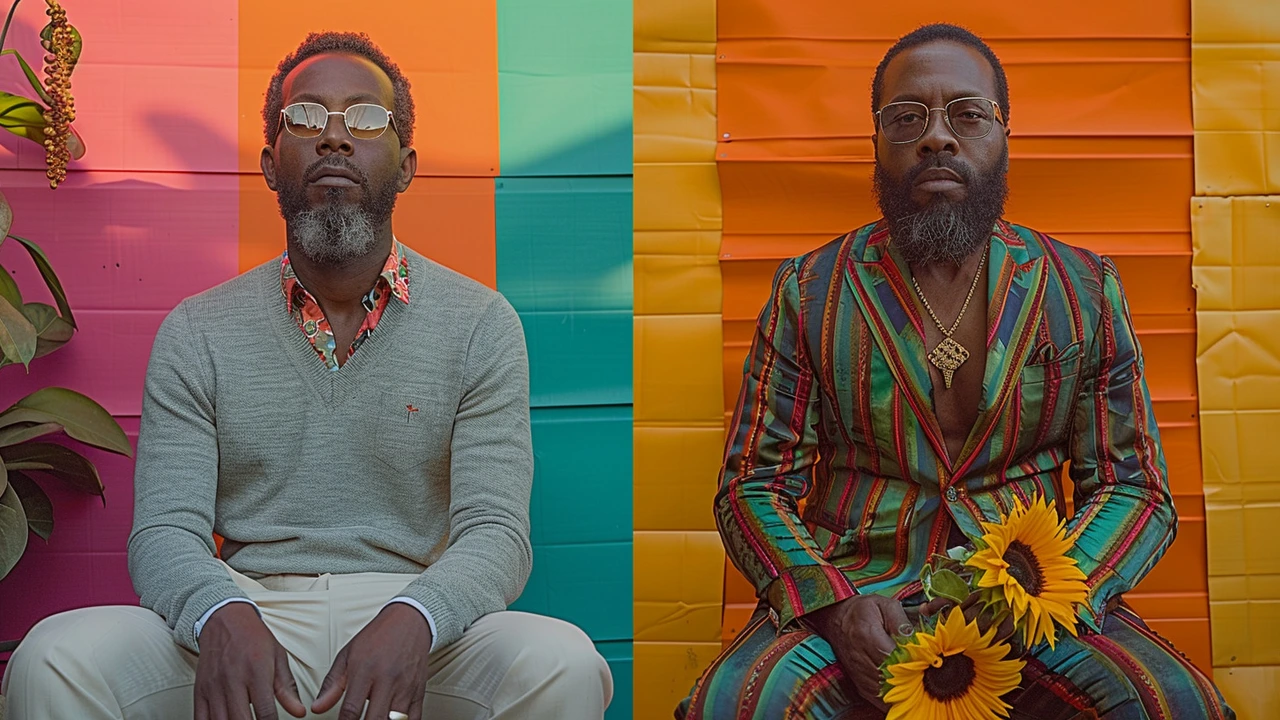Art World Controversy: What’s Really Going On?
Ever walked into a gallery and felt something was off? Maybe a painting sparked outrage or a sculpture got ripped down. That isn’t a rare glitch – it’s the new normal in the art world. People are talking, sharing, and sometimes fighting over what art should look like and who gets to decide.
One hot topic is censorship. Museums across the globe have pulled works that some visitors find offensive. Think of a portrait with political symbols or a performance piece that challenges gender norms. Curators argue they’re protecting audiences, while artists claim it’s an attack on free expression. The question isn’t just about a single artwork; it’s about who controls cultural narratives.
Money Moves: NFTs and the Market Madness
Non‑fungible tokens exploded onto the scene, promising digital ownership for creators. But the hype quickly turned into controversy. Critics say NFT sales inflate prices and create a bubble that leaves average collectors out. Some artists feel forced to jump on the trend just to stay visible, while others proudly dismiss traditional galleries altogether. The result? A split where one side sees innovation and the other sees exploitation.
Then there’s the debate over looted artifacts. Countries like Greece and Egypt keep asking for stolen antiquities back from Western museums. Legal battles stretch on for years, and public opinion is shifting toward restitution. When a museum finally returns a piece, headlines celebrate justice; when it refuses, protests erupt outside its doors.
Artists as Activists: From Street Murals to Social Media Outcry
More artists are using their platforms to address social issues—racism, climate change, gender equality. Some of these works spark genuine dialogue; others ignite fury. A mural that depicts a controversial historical figure can be praised for its honesty or condemned for glorifying the past. Social media amplifies every reaction, turning local debates into global conversations.
What does all this mean for you, the everyday art lover? First, expect museums and galleries to keep testing boundaries. Second, look beyond headlines; read artists’ statements and understand the context they’re working in. Finally, decide where you stand—supporting free expression, demanding accountability, or both.In short, art isn’t just about pretty pictures on a wall. It’s a battlefield of ideas, money, and power. By staying curious and questioning what you see, you become part of the conversation that shapes culture tomorrow.

